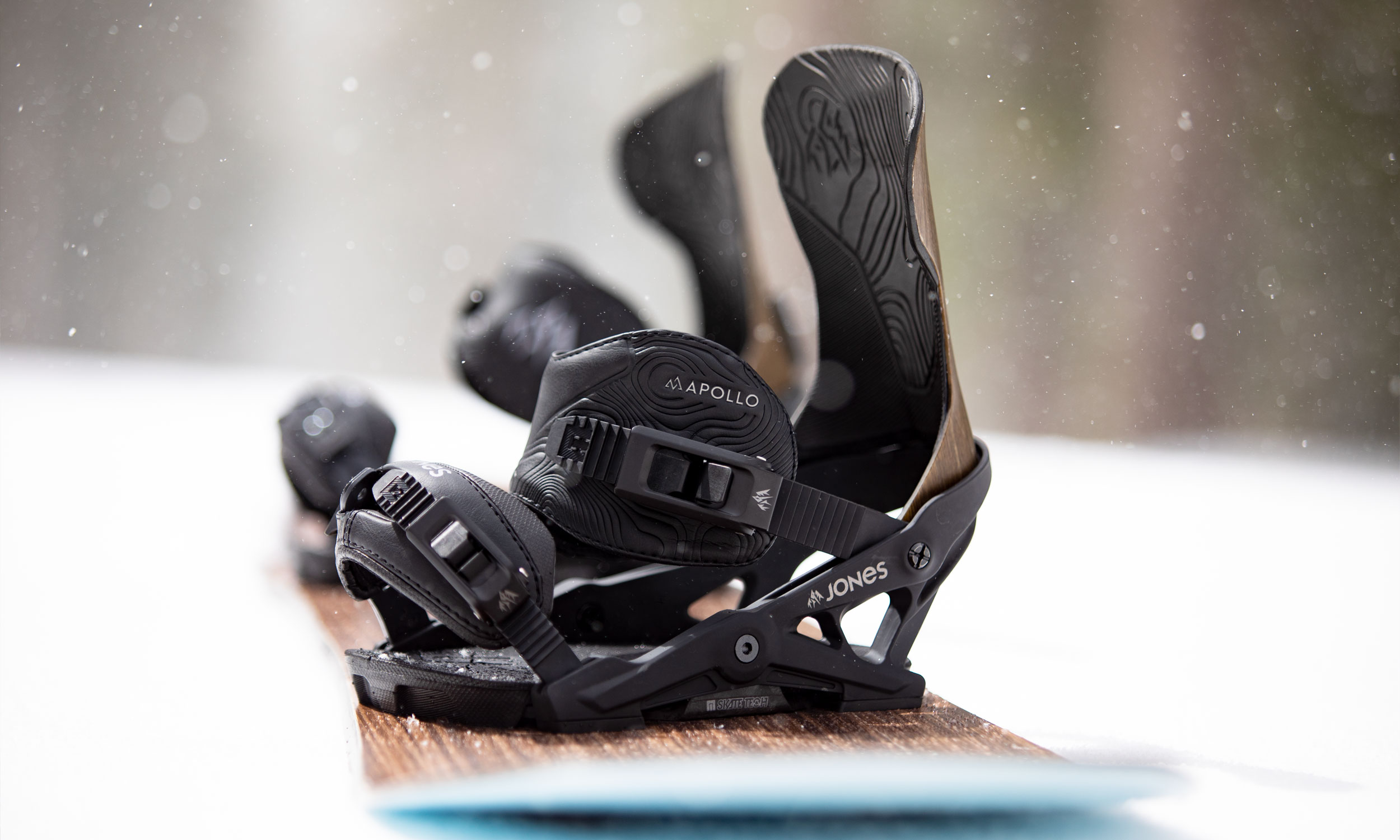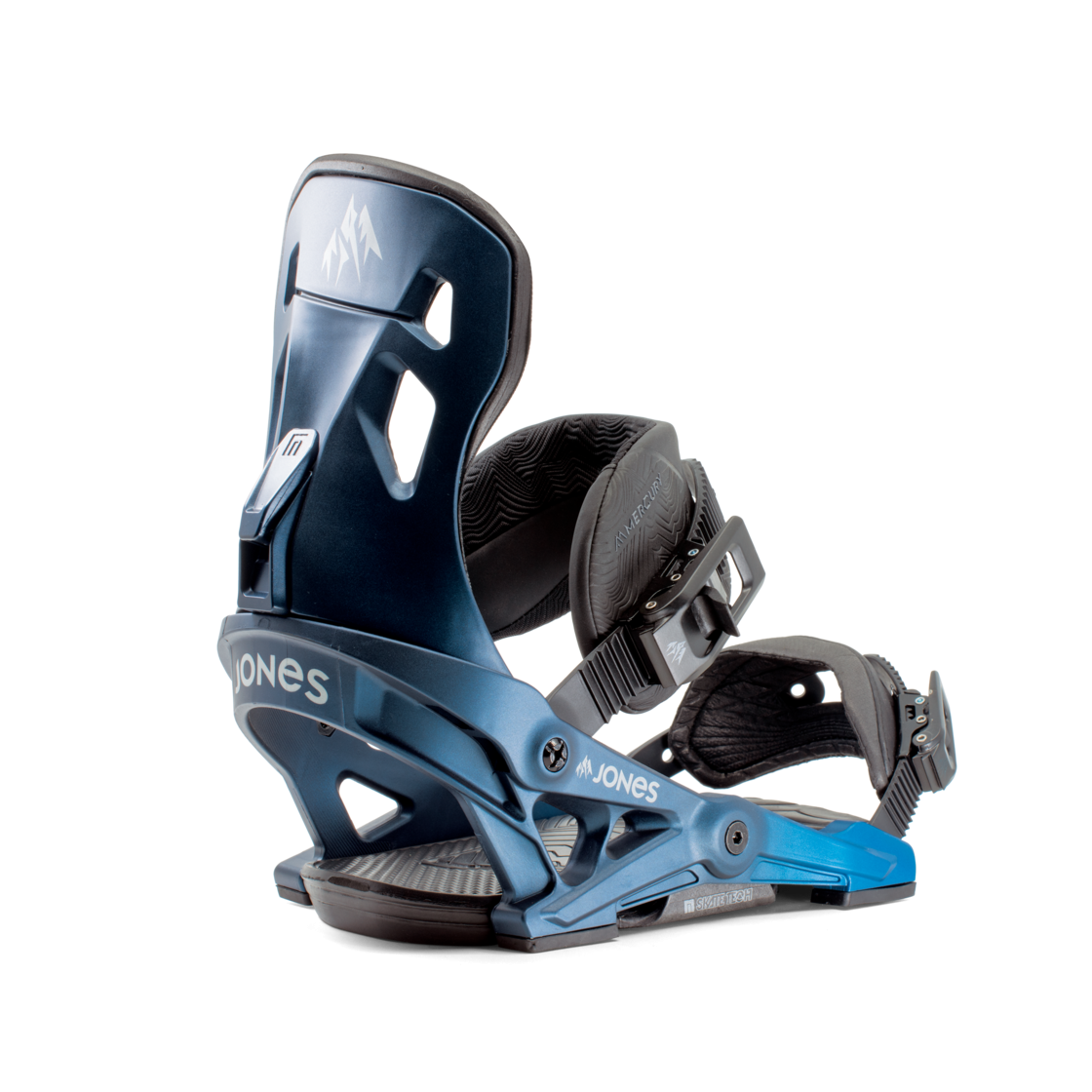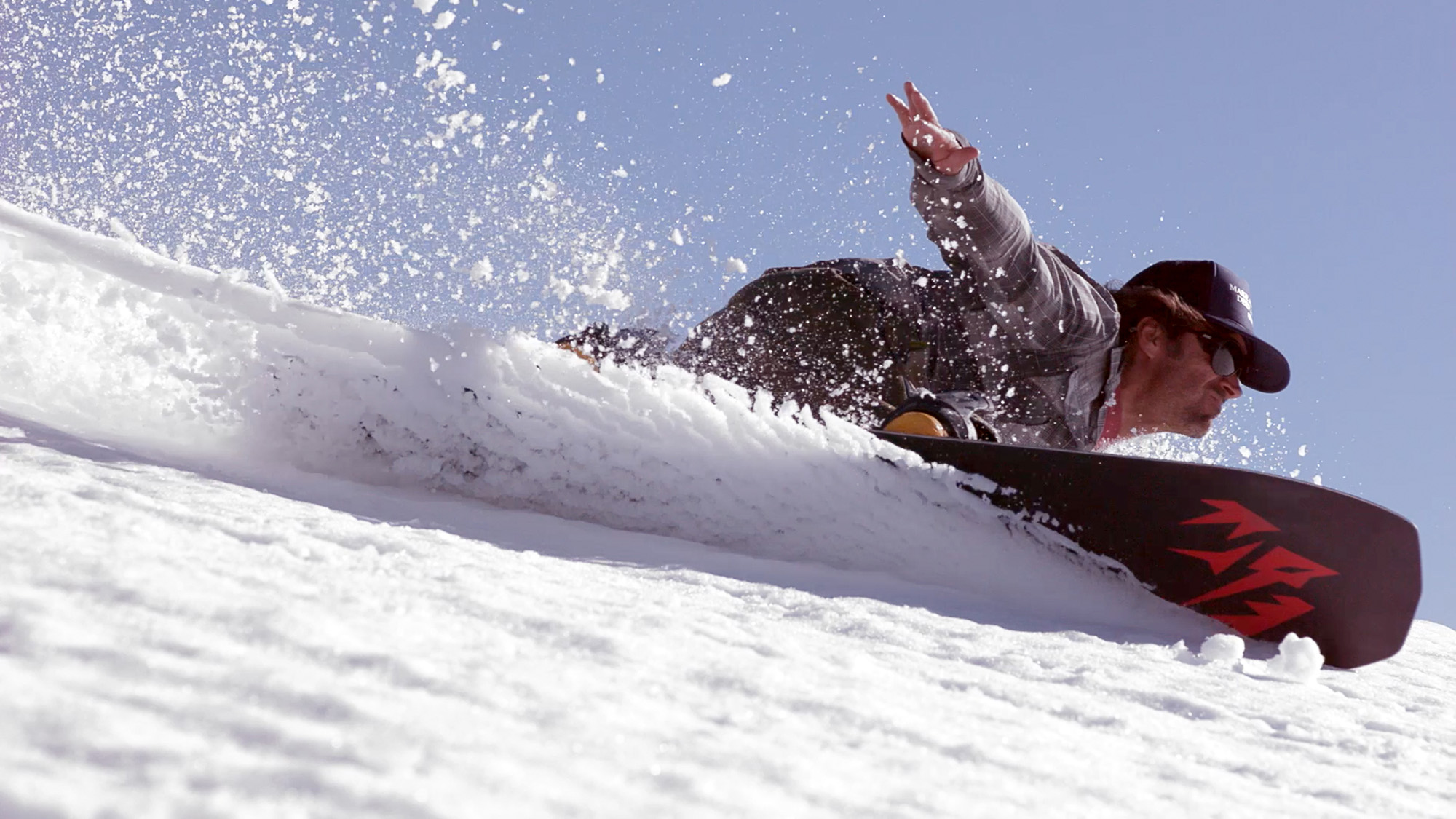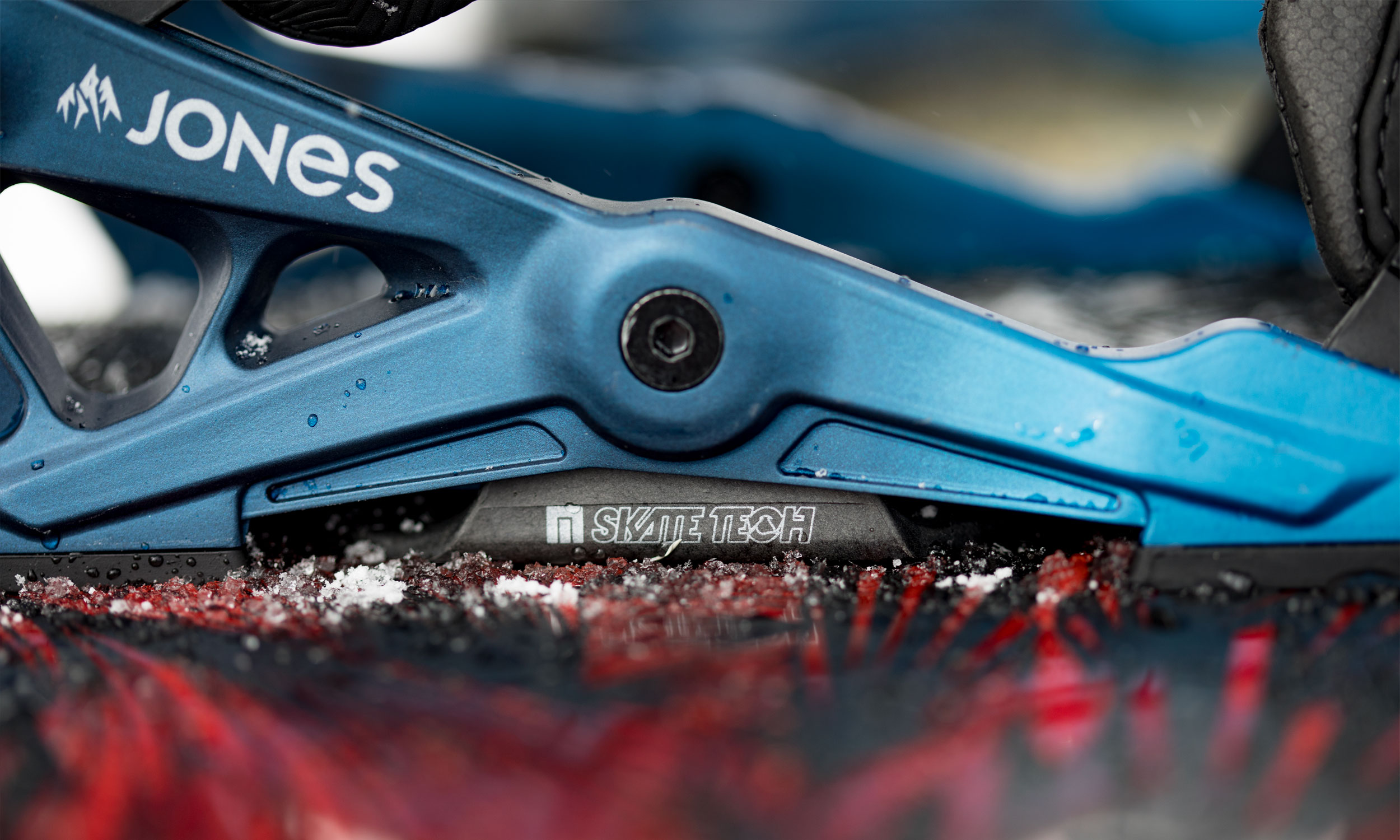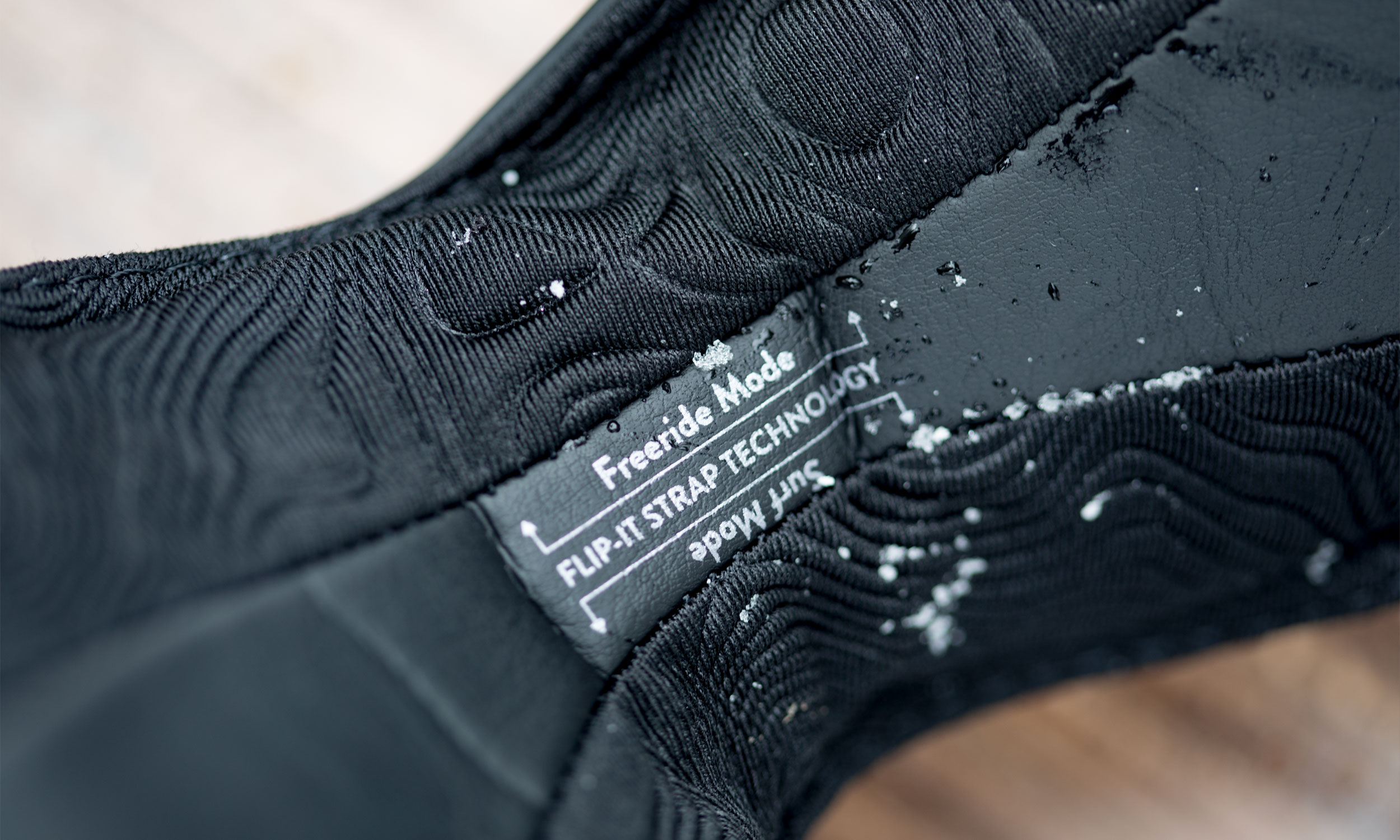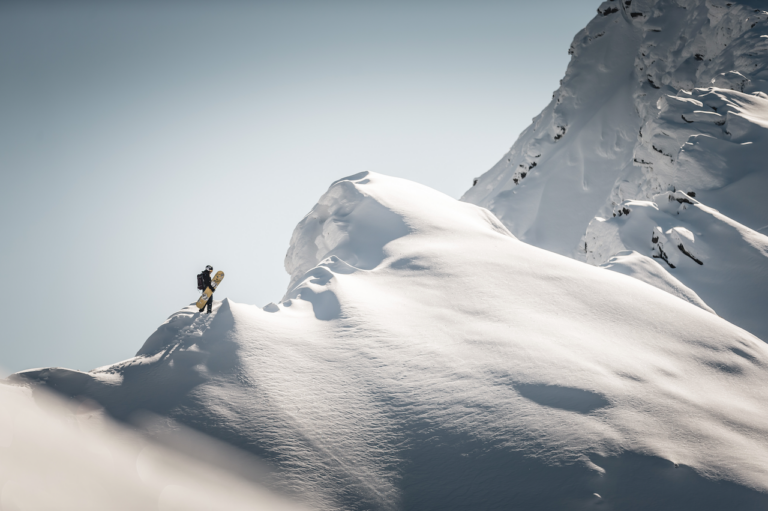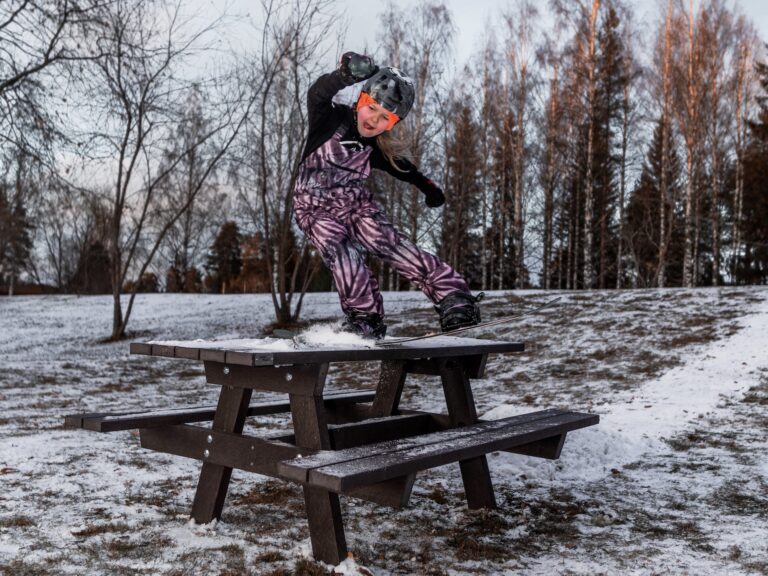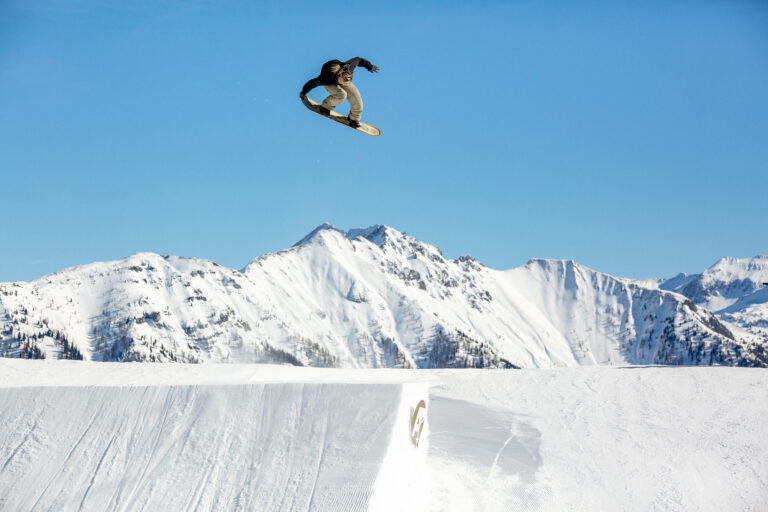When it comes to snowboard bindings, genuine breakthroughs are few and far between. Responsive highbacks, ergonomic straps and tool-free adjustment are all par for the course these days, so it can be hard for newcomers to stand out from the crowd.
“Skatetech has taken the disk out of the equation and put power to the edges. And that’s where we need power – right on the edges”
Jeremy Jones, though, is more discerning about his equipment than most. Having shaken up the board market 10 years ago with the launch of a range of progressive powder shapes he soon set his sights on developing some binders that shared the same freeride credentials and cutting-edge design philosophy.
As a former racer, he knew instinctively that the key lay in maximising edge-to-edge performance. So when, at the turn of the last decade, former pro JF Pelchat unveiled a pivoting baseplate he christened ‘Skatetech’, Jeremy was at the front of the queue to try it out.
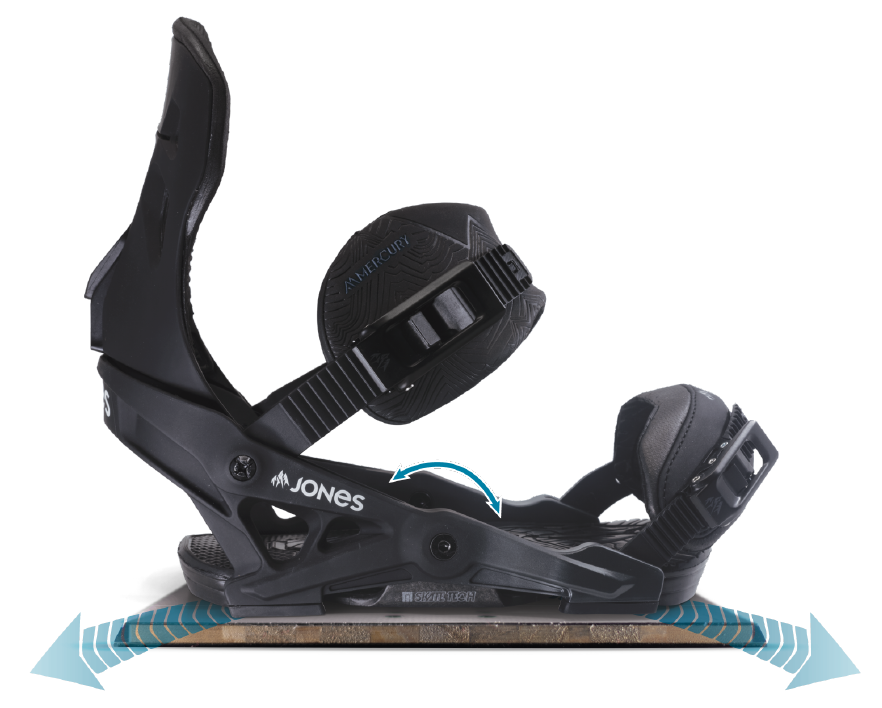
“JF’s a longtime friend of mine, so before there were NOW bindings I got to get on some prototypes and I fell in love,” he recalls. “Basically his design has taken the disk out of the equation and put power to the edges. And that’s where we need power – right on the edges.”
So impressed was Jeremy that he joined the fledgling NOW team and rode the new system until the launch of Jones’ own bindings last year, which combine the same patented Skatetech with a few twists elsewhere. So how exactly does it work?
“We’ve been refining highbacks and straps to get exactly what we need, which is really a binding to go top to bottom in all conditions and not have your foot fall asleep”
“There are beams that run on the side of the binding and then go to these four bushings,” he explains. “Not only does it put power to the edges, but when you have chatter it hits those four bushings and dampens those vibrations.”
The Skatetech chassis works particularly well in combination with Jones’s proprietary board design, which places a strong emphasis on carving performance. While 3D base contours enhance glide, edge control is heightened during each turn thanks to a feature they call Traction Tech.

